The wonderful thing about watching a film, compared to contemplating a painting or sculpture, is that a viewer can be immersed in a journey and may be able to more easily relate to the subject on screen.
Sarah Lasley is an educator at California State Polytechnical University in Humboldt, California, and a multidisciplinary artist who works mostly with film. According to her artist statement, her work aims to expose cracks and pathways in and out of our current socio-political moment.
The student film festival has been part of the Contemporary Art Month, San Antonio (CAM) since 2021, as an idea that came as a response to programming during the COVID pandemic and social distancing.
In this conversation, Lasley and I talked about the importance of young people in Texas telling their own stories, and how film is a medium that has become accessible for creatives due to technological improvements.
Seyde Garcia (SG): Why is it important for a platform like CAM to foster film production in the San Antonio area and Texas in general?
Sarah Lasley (SL): This is the third year we’ve done a student film festival. As a young artist, getting people to see your work on a big scale is almost unheard of. For me, that’s the main reason. The students in San Antonio are doing truly incredible work. They’re sharing it with each other and sharing it online, but now they can share it with the entire community because there are free events.
To be able to honor the work, the talent, and the richness of the stories that the students want to tell in such a public forum is exactly what CAM tries to do. Their mission is to bring people out of their studio and into the community in the broadest way possible. I think that this is a really exciting thing that keeps happening.
On the community side, it’s hugely beneficial as well. First of all, we’re in this moment in the film industry where there are minor tiny moves towards focusing on new voices. There’s this little sprout of realization that the same people have been doing all the talking in Hollywood for many, many decades. The students are not making films for anyone except themselves. You can see it; these are their stories. They’re not in this packaged commercial machine that they must be liked. It’s beneficial for the public also to see these young people, to ask what are they feeling. What is important to them?
SG: How did you come to the idea of integrating film into the CAM programming?
SL: It all happened around the same time that I joined the CAM organization as a volunteer board member. In 2020, the CAM Perennial exhibition was a video exhibition because we were at the beginning of COVID. In 2021, when things started becoming normal again, I asked myself, “Well, why don’t we keep doing this? Why don’t we also take on making another film or video program? It can be outside of the perennial.”
In the first year, we included work from college-aged students from UTSA. This was a lot of those students’ first time seeing their work projected in public. It was outside of the Contemporary at Blue Star. What a huge honor. These students wanted their work shown outside of the Contemporary at Blue Star, you know?
Last year we decided to shift it to high school. That was partly because I wasn’t at UTSA anymore. The students make these art objects and they need to reach the viewers. It’s an object that’s meant to travel. We started to take it out of a pop-up video art screening context and make it more of a film festival. The differences are minor, but things like having awards, the little logo that’s more in line with a film festival, and running an open call like a film festival would. Things like that meant we were formalizing it a bit more. I’m glad we’re doing it again because we had great entries once again.
It is truly unbelievable the quality of work that is being produced at the high school level in San Antonio. It’s unusual.
SG: Why is it so important for creatives in Texas — and the San Antonio area specifically — to tell their own stories through film?
SL: I think that there’s a huge disconnect between an understanding of Texas outside of Texas, and what the experience is in Texas. A lot of that has to do with the media. When we hear about a lot of the horrific political changes that happened, we’re not hearing about the folks who are living in those conditions. I think more than ever, at this moment, where things are becoming more polarized, the tool that we have is stories.
We’re in this beautiful moment where the media can travel faster than it ever has, and we are in this post-2020, as I call it, “the great white awakening” where white people are like “oh, we should listen.” And they just went and made stories about diversity, equity, and inclusion. The people who have the power can so easily make these stories and be ready to jump in and tell the story that they have not lived.
There’s something so beautiful about the resources and potential of high school students. With very, very little, they’re able to tell us so much about what it feels like to live in their bodies and to live their lives. And then you’ve also got this moment where technology and media have become more accessible, and you can make something really beautiful even with just your iPhone.
Then Gen Z, in particular, is the generation that’s fighting for their truth, for their perspective, and to dismantle hierarchies. They’re not afraid of institutions. They’re ready to take them down and burn them from the bottom up. These are the ones we must be listening to.
I think you can see that in the quality of the films that we’ve chosen this year too. There are some big topics and some, in a way, heavy stuff to carry, because I think a lot of people are carrying a lot right now.
SG: Do you think there is a difference in the viewer experience when approaching a piece of art, like an installation, performance, or painting, compared to film?
SL: Totally. Motion is emotion. When you’re watching something that’s moving and transforming, you have this empathetic connection, even if it’s not narrative, even if it’s abstract. What film can do is take you into a world that’s constantly changing. A lot of art objects are body-to-body. You know, I am here, you are there, and we’re like figuring it out through observation. But with film, you’re figuring it out through immersion. You’re in it, you’re feeling, it’s a lot of feeling. And then you hope that there’s enough feeling that it leads to thinking.
SG: As an artist, how do you approach film in your creative process? Do you look for the stories or do the stories come to you?
SL: It’s such a good question. Nobody asked that question. The stories very much find me. And I am more of an intuitive storyteller. I sort of listen in my meditation or my prayer, I am sent images and I collect them. I’ll just write them down and wait until enough of them come through. I’ll start filming something and have no idea what it’s going to be until I’m editing.
I always say that I come from painting, and when I’m editing, it’s like I have all the paint out on my palette and it’s starting to pull pieces in. It’s very intuitive and it’s very through the knowledge of my body. I feel like the film kind of comes from above and I pull it up from below and it lands somewhere in the heart. It’s an encounter, and then when it has to be language, it moves to the throat and then it goes back to the heart and then the throat and then the heart.
SG: Do you have any advice for the young students that could be interested in film?
SL: I have two pieces of advice. Keep making films. My film students will sometimes be like “Well, but how do I become a filmmaker?” And I answer: “You make films, you’re a filmmaker.” No one can take that away from you. And I have been making films for almost 20 years. Now people are starting to want to watch them in big venues and it’s only because I didn’t stop. My second piece of advice would be that everything you think doesn’t fit in the world, like about yourself, is your power. That is your strength. The thing that makes you different is the thing that makes you powerful.
The Student Film Festival is part of programming for Contemporary Art Month (CAM), San Antonio. Seyde Garcia is the third recipient of the annual Contemporary Art Month Writer’s Fellowship.


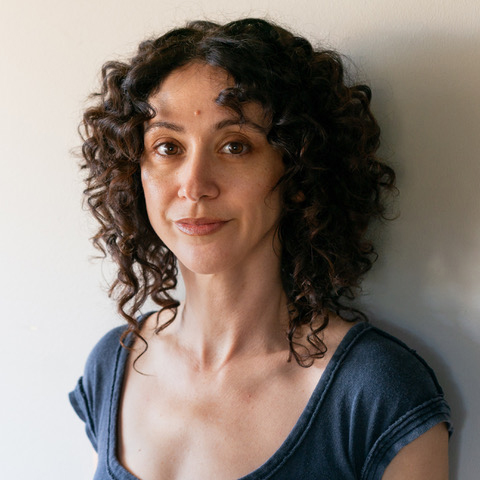
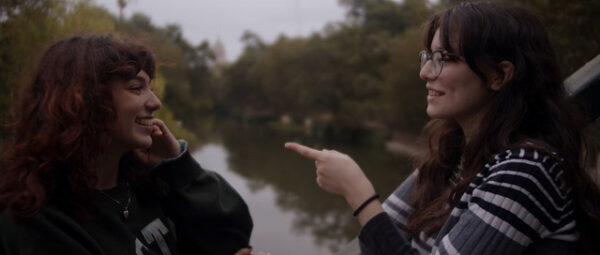
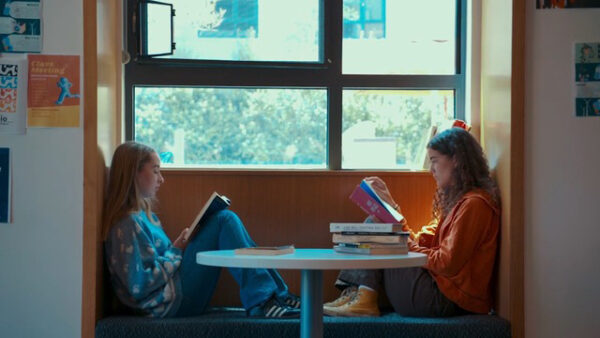
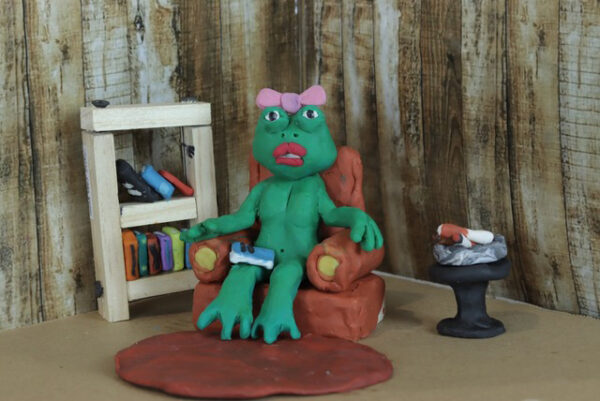
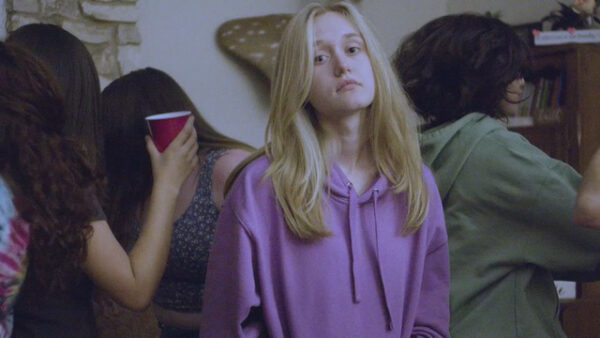
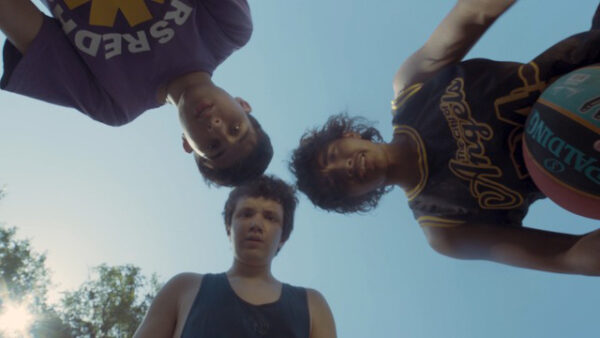



1 comment
Such thoughtful feedback from an artist I’ve followed and admired for years. Love to see how far you’ve come. Even more importantly – to see your passion to give every artist a path for a louder voice.